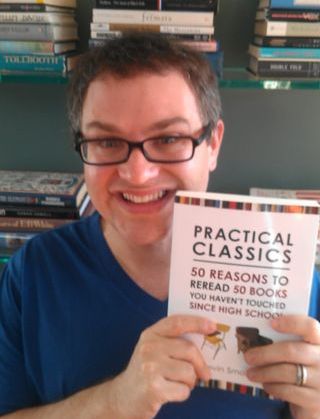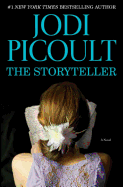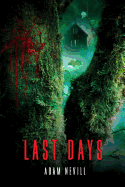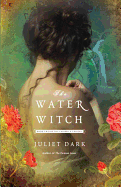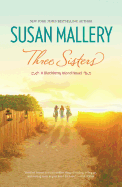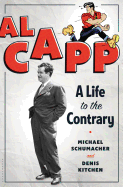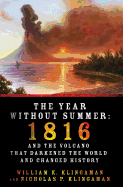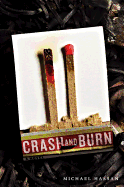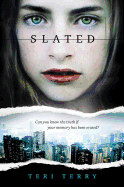Further Reading: Updated Classics
Author Kevin Smokler (in "Inklings," below) claims that "time is good to good books"--a fitting sentiment for the classics. Most readers will readily name several books in their lives that have not only stood the test of time, but have gotten better. These authors would not disagree, though their revisiting of literary masterpieces takes a different form than simple re-readings:
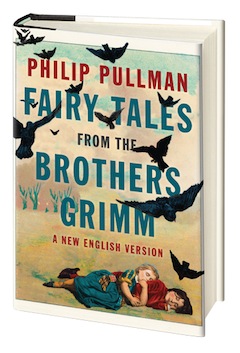 Philip Pullman, most cherished for the His Dark Materials trilogy, has revisited the classic fairy tales in Fairy Tales from the Brothers Grimm: A New English Version. His is not an attempt to modernize or change the original tales, but to present 50 of what he terms the "cream" of the crop in the clearest terms possible. The result is a collection of stories packed with crisp dialogue, witty commentary and an accurate sense of the other-ness of the original tales.
Philip Pullman, most cherished for the His Dark Materials trilogy, has revisited the classic fairy tales in Fairy Tales from the Brothers Grimm: A New English Version. His is not an attempt to modernize or change the original tales, but to present 50 of what he terms the "cream" of the crop in the clearest terms possible. The result is a collection of stories packed with crisp dialogue, witty commentary and an accurate sense of the other-ness of the original tales.
Peter Ackroyd has approached several classics with the intent of "re-telling" them. Though he might prefer the modern reader to learn enough Middle English to read The Canterbury Tales in the original, he acknowledges the improbability of such a trend--thus, his stunning translation of the tales into modern English. In his more recent retelling of The Death of King Arthur, Ackroyd offers a more contemporary idiom. Both retellings are proof of the author's dedication to the originals, preserving as much as possible while inviting modern readers into stories they may otherwise have missed.
Where Pullman and Ackroyd have attempted to stay true to the originals, Nick Hayes has instead used a classic poem as inspiration for a more modern tale. The resulting The Rime of the Modern Mariner is a graphic novel based loosely on Coleridge's original Rime of the Ancient Mariner, but set now in a world of environmental disaster. --Kerry McHugh, blogger at Entomology of a Bookworm



